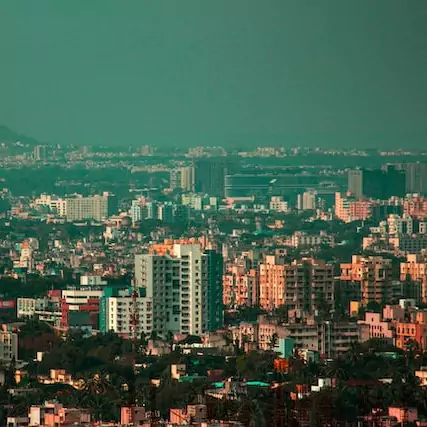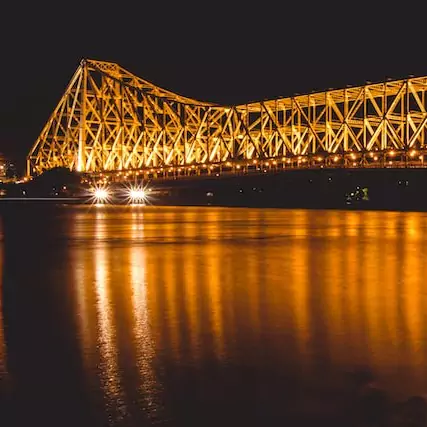When it comes to the integrity of your home, one of the most concerning issues you might face is water leakage in the walls. Not only can this compromise the structural stability of your property, but it can also lead to the growth of mold and mildew, which poses risks to your health. In this comprehensive guide, we will walk you through the steps of identifying and repairing water leakage in your walls, ensuring the longevity and safety of your living space.
Understanding the Signs of Water Leakage
1. Unpleasant Odors: One of the earliest signs of water leakage within your walls is the presence of musty and unpleasant odors. If you notice an unexplained, lingering smell, it might be an indication of water accumulation.
2. Discoloration and Stains: Keep an eye out for unusual stains or discoloration on your walls. Brown, yellow, or greenish patches could suggest water seepage.
3. Peeling Paint and Wallpaper: If the paint or wallpaper on your walls starts to bubble, peel, or warp, water could be making its way through the material.
4. Deteriorating Wall Material: Water leakage can weaken the materials within your walls. If you notice soft, crumbling, or deteriorating areas, it’s likely due to water damage.
5. Mold Growth: Mold thrives in damp environments. If you spot mold growth on your walls, it’s a clear sign that there’s excess moisture present.
Locating the Source of Water Leakage
1. Roofing Issues: Sometimes, the source of water leakage might not be directly from the walls. Check your roof for missing shingles, damaged flashing, or clogged gutters that might be causing water to enter.
2. Plumbing Problems: Leaky pipes or plumbing fixtures located within or near the walls can lead to water seepage. Inspect your plumbing for any visible leaks.
3. Cracks and Gaps: Small cracks and gaps in your walls can allow water to enter. Check for cracks around windows, doors, and other openings.
4. External Drainage: Poor external drainage can result in water accumulating around your foundation and finding its way into the walls. Ensure proper grading and functioning drainage systems.
5. Condensation: Sometimes, water leakage can be due to condensation rather than external factors. High humidity levels within your home can lead to condensation forming on the walls.
Repairing the Water Leakage
1. Seal Cracks and Gaps: Use a waterproof sealant to fill in any cracks or gaps you find in your walls. This will prevent further water infiltration.
2. Fix Plumbing Leaks: If the source of the leakage is from a plumbing issue, repair or replace the damaged pipes or fixtures promptly.
3. Exterior Waterproofing: Consider applying a waterproof coating or membrane to the exterior of your walls. This acts as an extra layer of protection against water penetration.
4. Interior Drainage Systems: Installing interior drainage systems like French drains can help redirect water away from your walls and foundation.
5. Professional Help: If the problem is extensive, seeking the assistance of a professional waterproofing or construction company is advisable. They have the expertise and tools to tackle complex leakage issues.
Conclusion
Water leakage in the walls can be a nightmare for homeowners, but with the right knowledge and action, it can be managed effectively. Regular inspections, quick repairs, and addressing the root causes are essential steps to safeguard your home from the damaging effects of water leakage. By staying proactive, you can ensure a dry, safe, and comfortable living environment for you and your family.



